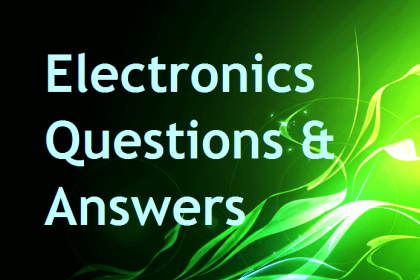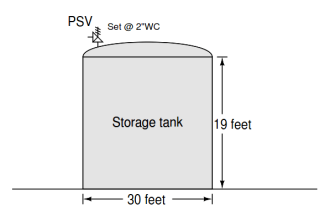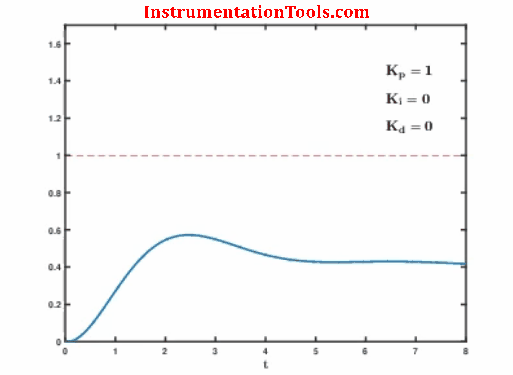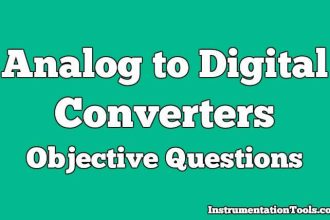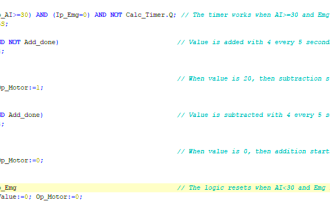1. Explain what is meant by radix (or base) of a number system?
Radix or base of a number system is the number of digits or distinct symbols it uses to represent various numbers.
2. Explain what is a weighted code?
In a weighed code the value of a digit in a 4-bit depends on its position such as in BCD code.
3. Explain what is non-weighted code?
In a non-weighted code, no definite weights are assigned to the four digit position such as in BCD code.
4. Explain what is meant by LSB and MSB?
The right most bit of a binary number is called least-significant bit (LSB) while the left most bit of a binary number is known as the most-significant bit (MSB).
5. Explain what are octal and hexadecimal systems?
The number systems with base (or radix) 8 and 16 are known as octal number system and hexadecimal number system respectively.
6. Explain what is meant by BCD code?
BCD code is a decimal system with each digit encoded in its binary equivalent of 4 digits.
7. Explain what is an excess-3 code?
Excess-3 code is derived from the natural BCD code by adding (0011) to each coded number.
8. Explain why hexadecimal code is widely used in digital systems?
It is very convenient to enter binary data in a digital system using hex code.
9. Explain what is the difference between binary code and BCD?
BCD is not a number system like binary. It is a decimal system with each decimal digit encoded in its binary equivalent. A straight binary code takes the complete decimal number and represents it in binary while the BCD code converts each decimal digit to binary individually.
10. State the disadvantage of a 8-4-2-1 code.
BCD requires more bits than straight binary to represent decimal numbers of more than one digit. This is because BCD does not use all possible 4-bit groups and is, therefore, inefficient.
11. Explain why is an excess-3 code called an unweighted code?
Since no definite weights can be assigned to the four digit positions in an excess-3 code, it is an unweighted code.
12. Explain the use of excess-3 code.
The key feature of the excess-3 code is that it is self-complementing code. It means that 1’s complement of the coded number yields 9’s complementing of the number itself. The self-complementing property makes the ecess-3 code useful in some arithmetic operations, because subtraction can be performed using 9’ complement method and 1’s complement can be easily produced with digital logic circuits by simply inverting each bit.
13. Explain what are the advantages of Gray code?
In Gray code if we go from any one decimal number to the next, only one bit of the Gray code changes. Because of this feature, an amount of switching is minimized and the reliability of the switching systems is improved.
14. Explain what is an alphanumeric code?
The codes used for representing letters of alphabet, punctuation marks and other special characters along with numbers are called alphanumeric codes.
15. Which is the most commonly used code for representing alphanumeric information?
ASCII (American Standard Code for Information Interchange) is the most widely used alphanumeric code. It is a 7-bit code.

